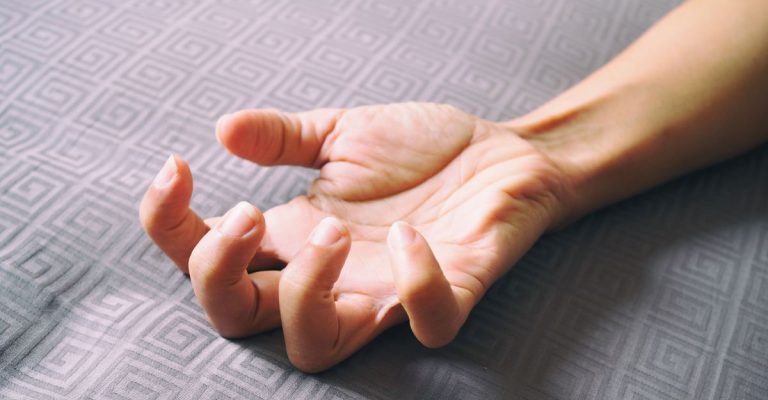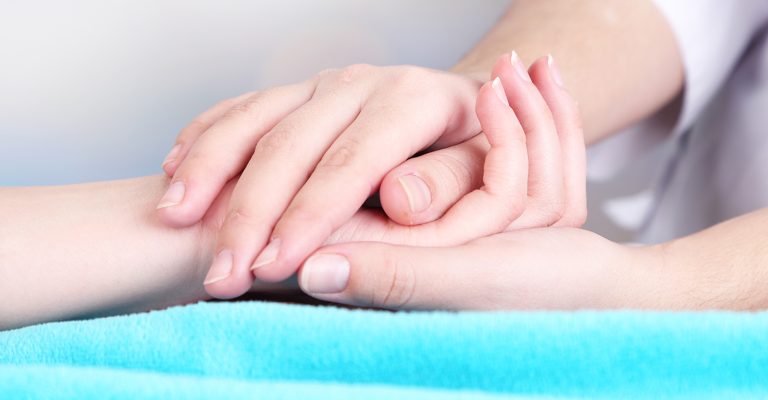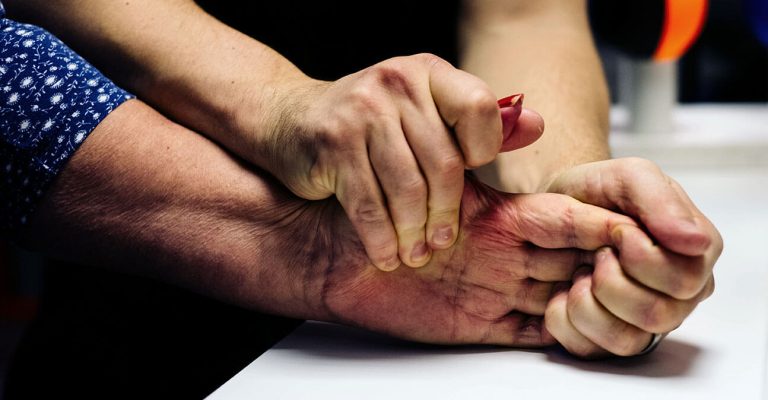
Some neurological diseases have spasticity as a symptom as well as a characteristic of the condition. It brings a simultaneous contraction in a number of muscles. The severity of it varies, and it might interfere with mobility and speech. There are numerous treatment methods available for spasticity, such as physical therapy, medicine, and injections of botulinum toxin.
Spasticity is a disruption in the normal rhythms of muscular activity that causes some muscles to contract simultaneously whenever you make an effort to move or even while you are at rest. The muscles are unable to relax and put up a fight against being stretched. It impedes movement, and it also has the potential to impact your speech and gait (walking).
Spasticity can have a wide range of effects on a person; it can be as slight as a sensation of tightness in the muscles, or it can be so severe that it produces painful, uncontrollable stiffness and spasms in the extremities. Spasticity can be caused by a number of different conditions.
The following are examples of what can be included in spasticity:
Normally, the actions of your muscles are governed by a sophisticated system that enables certain of your muscles to contract (tighten) while other muscles in your body relax. This pattern can be thrown off if the nerves in your central nervous system sustain any kind of damage. As a consequence of this, many of the muscles in the body may contract at the same time, a phenomenon that is frequently referred to as co-contraction. This makes it more difficult to carry out movements of your own volition.
This is when the muscles become rigid or tight, hence impeding the normal flow of fluid. Because of this, movement, speech, and gait are all negatively impacted as the muscles continue to stay constricted and resist being stretched.

Both muscle stiffness and muscle spasticity are examples of hypertonic states (states in which the muscle tone is unusually high), yet they are not the same thing.
Rigidity is a symptom that is frequently noticed in people who have Parkinson’s disease and is most commonly related to basal ganglia damage. These structures are linked to the thalamus.
In contrast to spasticity, rigidity affects all of the muscles that are located around a specific joint in an equal manner. In addition, when a person has spasticity, more fast movement will cause a stronger involuntary contraction of the muscles that are affected, sometimes known as a “catch.”
There are many possible complications associated with spasticity. When it reaches a severe level, spasticity can make it difficult to perform daily functions and cause excruciating discomfort. In addition, it can make it more difficult to execute chores related to personal hygiene and general care. This, in turn, can raise the chance of developing pressure injuries, also known as bedsores, which can lead to infection as well as sepsis.
Spasticity ranging from mild to severe, if left untreated, can also lead to the following:
The condition known as spasticity can be treated in a number of different ways. In most cases, multiple treatments are used concurrently for patients who suffer from spasticity. These treatments may help ease symptoms of spasticity and enhance the quality of life, despite the fact that spasticity does not have a known cure.
When treating spasticity, it is best to do so with a multidisciplinary group of medical experts, each of whom specializes in a particular aspect of the condition. This team’s roster may feature any combination of the following individuals at any given time:

The following are examples of nonsurgical therapies for spasticity:
Spasticity is often only considered severe enough to warrant the recommendation of surgical therapies by medical professionals. The following treatments fall under this category: